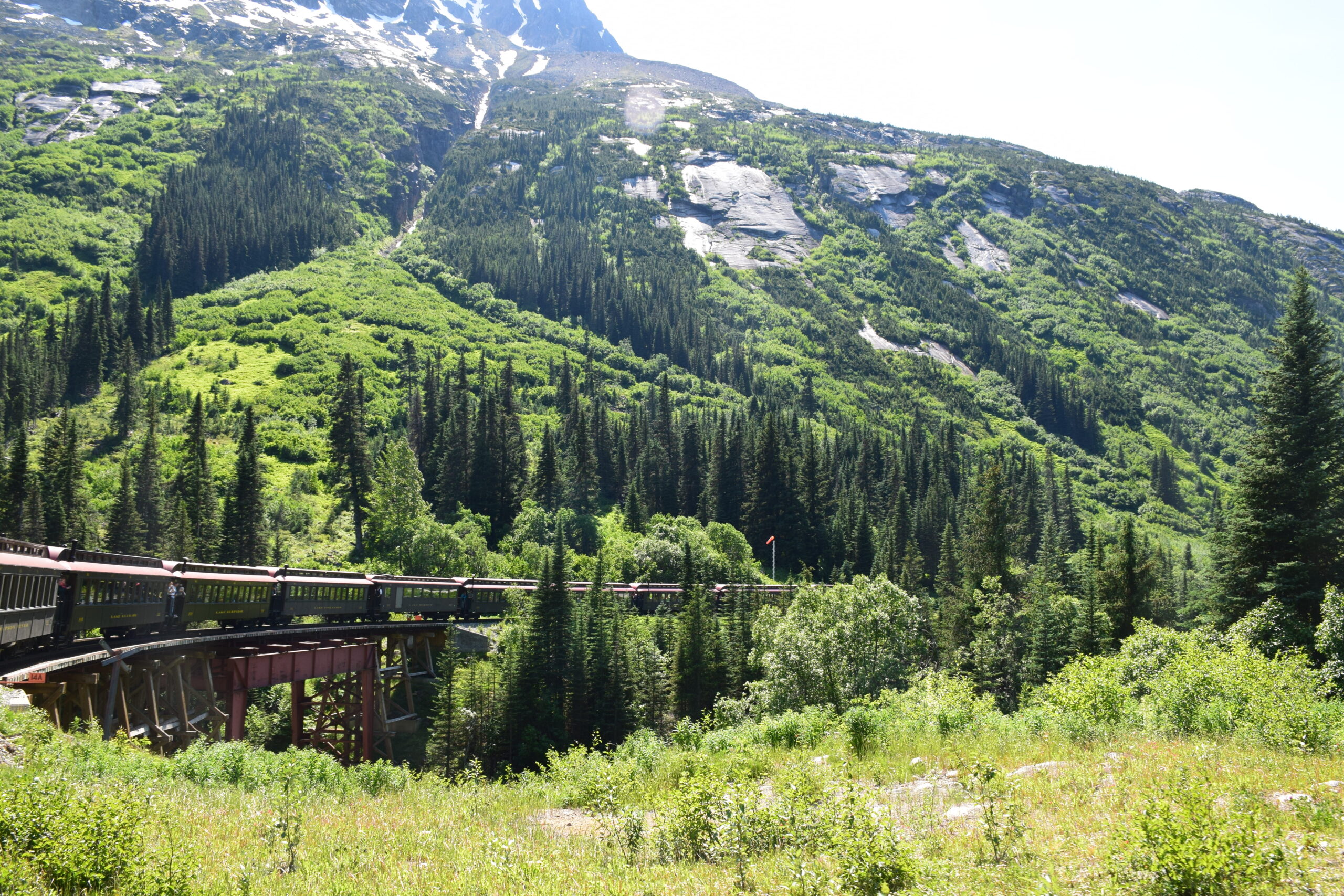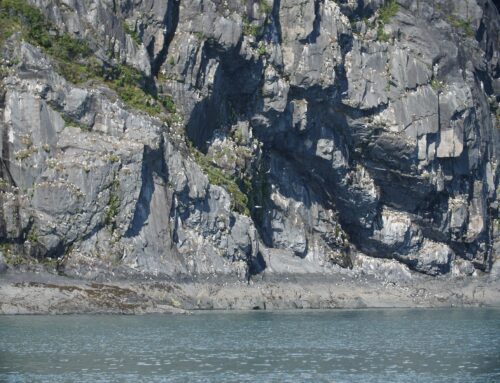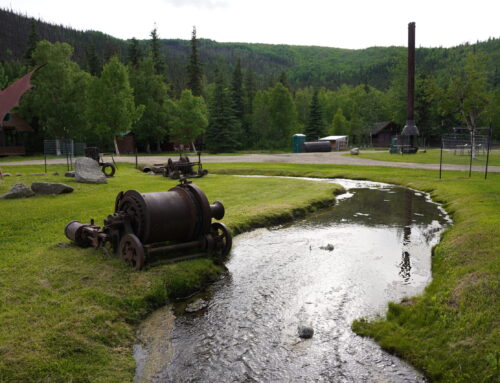The Alaska Railroad
Trains had been around for almost a century by the time Alaska got its first railroad in 1903. The Alaskan wilderness has never been easy to navigate, so the founding of the Alaska Railroad helped to connect various parts of Alaska and has grown into a great recreational and commercial transportation option. The history of the Alaska Railroad was full of interesting obstacles.
History
The railroad first launched in Seward and headed north, but came upon many issues throughout the years as they tried to expand. Early on, there were so few people living along the railroad that it was not profitable. By the time WWII hit, the railroad was bringing in profits and served as transport for military gear.
By the 1960s train-ship services were used to connect railcars from the Lower-48 to the towns along the Alaskan railroad.
In the 1980s the railroad started a tour guide program, which was operated by high school students from Anchorage and Fairbanks. Around this time they open a station in Denali – one of the ultimate stops for tourists in Alaska!
In 1999 the Whittier Tunnel opened, connecting the train to the town of Whittier. When it opened it was the only tunnel that was shared by personal vehicles and the train.
Today, the railroad operates between Seward to Fairbanks with stops in: Grandview, Spencer, Portage, Whittier, Girdwood, Anchorage, Wasilla, Talkeetna, Hurricane, Denali, and Healy.
The Alaska Railroad is popular for sightseeing, tourism, and freight transportation. There are specialty trains such as the ‘Glacier Discovery’ train that go from Seward to Anchorage with ‘whistle stops’ so that passengers can get off briefly to explore the area.
From its humble beginnings with 50 miles of track to having over 470 miles of track today, the Alaskan Railroad has come a long way. Unfortunately, the Alaska Railroad is set in the Southcentral and Interior parts of the state, so there is a lot more to see of Alaska that is not accessible by this train.
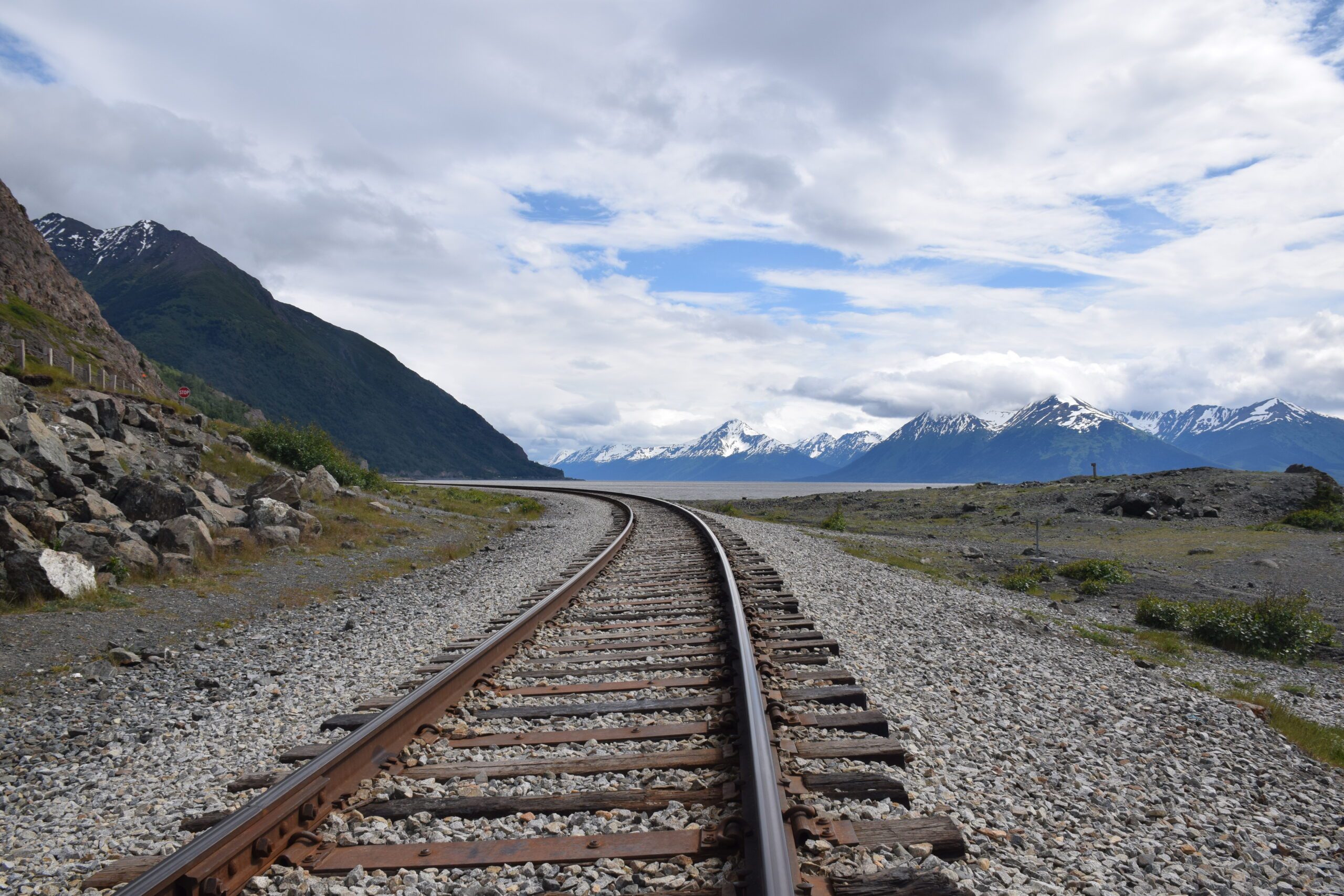
View of the Alaska Railroad as seen from the Seward Highway heading south
The Whitepass and Yukon Railroad
The Klondike Gold Rush in the 1890s inspired the creation and use of this railway in the Inside Passage – the border of the US and Canada. After news of gold broke, people started heading north to make it big. Miners had so much trouble making it through the mountains by foot or by horse, so they decided to build a railroad. They began building in the town of Skagway, which was booming at the time.
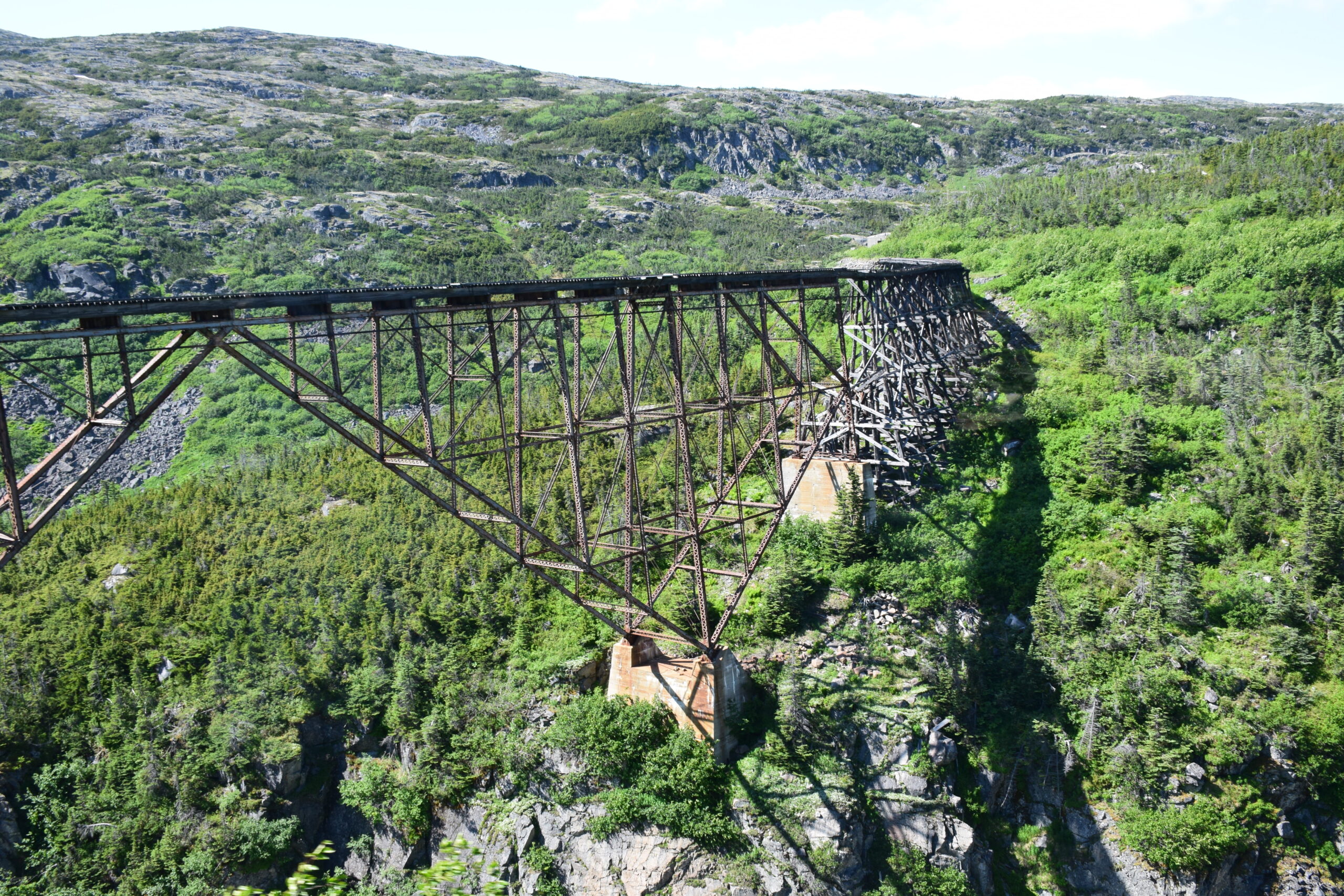
Image of The Whitepass and Yukon Railroad
The Whitepass and Yukon Railroad started laying the groundwork in 1898, before the Alaskan Railroad. They struggled with building track along steep cliffsides and snowdrifts and needed to import materials to complete the railroad.
Like the Alaskan Railroad, the Whitepass and Yukon Railroad was extremely useful during WWII for transport of goods and materials.
In 1982 the railroad closed when the mine shut down due to low metal prices. Just six years later, in 1988, the railroad reopened as a tourist attraction, which it still operates as today. Skagway’s close proximity to the water makes this a nice day trip for folks coming off cruise ships.
It is known for its sharp turns around cliffs and stunning views. The train climbs to 3,000 ft of elevation from the seaside town of Skagway and crosses the Canadian border.

